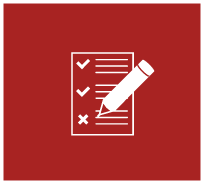Even if the debt seems real, the debt collector must prove they have authority to collect the debt. This proof could be a statement showing the balance you owe or a copy of the original credit agreement. Even if you believe the debt could be yours, make sure they prove it. They might say they don’t have to give you more information until you pay, but they do!
Be persistent! If they respond in writing and you don’t think the debt is yours, you should mail them a letter (through certified mail with a return receipt) within 30 days of receiving their letter saying that you do not owe the money. This puts the debt in dispute. The debt collector must stop all debt collection activities until it can “verify” the debt.

Know Your Rights!
Right to Dispute the Debt: Within 30 DAYS of receiving written notice of the debt from the debt collector, you can send a letter to the debt collector disputing the debt and requesting the name and contact information of the original creditor. The debt collector must stop all debt collection activities until it can “verify” the debt.
Right to Verify the Debt: A debt collector verifies the debt by giving you enough information about the debt so that you can tell whether you actually owe it. The type of information that must be provided changes depending on your specific circumstances.
In most cases, verification should include, at minimum: the amount of the debt, the date of the debt, and the name and contact information of the original creditor.
If you contest the debt on grounds of identity theft or mistaken identity, verification should include a copy of the original signed contract or note.
If you contest the amount of the debt, verification should include information about payments made, and interest and fees charged and/or waived.
